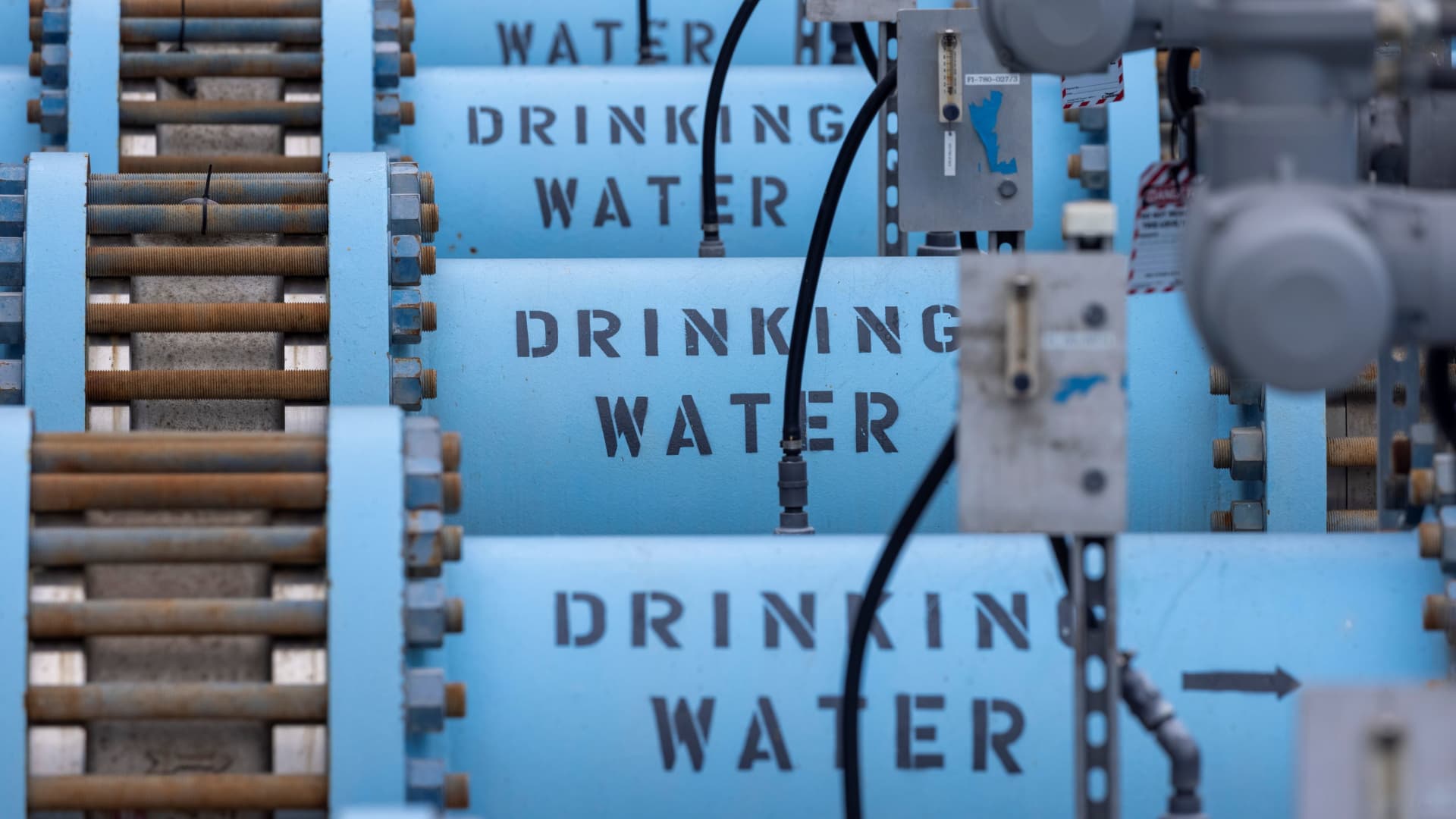- Select a language for the TTS:
- UK English Female
- UK English Male
- US English Female
- US English Male
- Australian Female
- Australian Male
- Language selected: (auto detect) - EN
Play all audios:
With the state still reeling from the unprecedented loss of life and economic fallout from the coronavirus pandemic, New Jersey stands at a critical juncture: Either return to the
pre-COVID-19 “normal,” which leaves far too many families behind, or take this opportunity to chart a new course. By establishing a state-level health insurance assessment (HIA), lawmakers
can build a stronger state that is more equitable and resilient than the one we had before, one where all kids are covered by health insurance, and where low-paid workers do not have to
worry about how they will protect their families if they lose their job and employer-provided health coverage. How it works is simple. Under the Affordable Care Act (ACA), the federal
government collects a small fee, known as the federal HIA, from health insurance providers. In total, the fee captures $14 billion a year for the federal government to help offset the cost
of the ACA’s health care expansion. This will soon change, however, as Congress recently repealed the federal HIA, effective Jan. 1, 2021. If state lawmakers act quickly to pass
S-2676/A-4389, New Jersey can establish its own assessment and claim hundreds of millions of dollars in revenue that the federal government is about to abandon — all at no additional cost to
health insurance companies. This is a golden opportunity for New Jersey, as it would be able to redirect these funds toward lowering residents’ health care costs and expanding coverage
across the state. After accounting for the differences between the federal and a state-level HIA — the state cannot impose the assessment on Medicare plans, for example — the estimate of the
revenue from this assessment stands at over $300 million. This could easily cover the cost of getting all kids health insurance coverage, as there are at least 80,000 children in the state
who are currently uninsured. It could also fund additional subsidies for low-income residents, help offset high claims through the state’s reinsurance program, and support small businesses
with health care expenses. NO EVIDENCE IT WOULD RAISE PREMIUMS Fortunately, New Jersey is no stranger to finding innovative ways to expand health care coverage and keep it affordable, even
amid the Trump administration’s efforts to dismantle the ACA over the last several years. New Jersey is one of only a few states that have enacted critical health care protections and
cost-saving measures that the Trump administration ended. This has protected the gains that we have made as a state over the past decade and acted as proof that taking bold actions can pay
off: By creating a reinsurance program and establishing a state-level individual mandate, for example, premiums in the individual market fell by over 9% in 2019 alone. Continuing efforts to
maintain and improve these programs will be essential for New Jersey’s future. Some may fear that the HIA would raise premiums, but that is not supported by the experiences of other states
with similar policies in place. This is because a state HIA would merely continue a fee that is already in place at the federal level. The only difference is that the funds would go directly
toward addressing the unique health care needs of New Jersey, meaning it could actually lower the cost of health coverage. By establishing the HIA this year, the state could target the
funds toward coverage and affordability efforts that increase enrollment, improve the risk pool, and lower costs for families all over the state. This would keep health care affordable for
all, while also increasing overall coverage rates, which promotes broader public health. As New Jersey begins to recover from the COVID-19 pandemic — which disproportionately harmed Black
and Latinx communities — a state-level HIA would set a strong foundation for a healthier and more equitable Garden State.

:max_bytes(150000):strip_icc():focal(216x0:218x2)/chelsea-clinton-435-11-bc9cc6c4169648d09154a57037223800.jpg)




